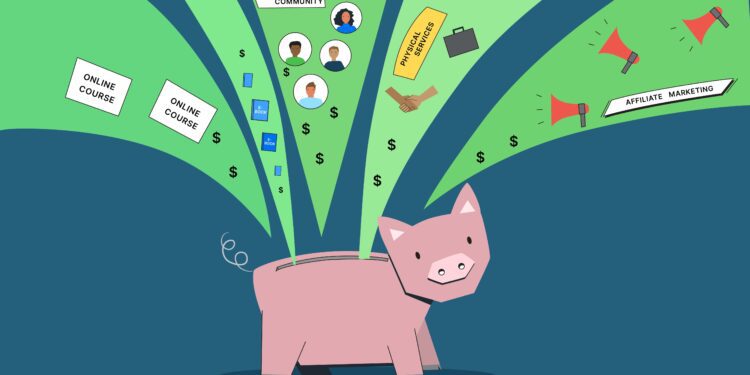How do I know when I can diversify my medium-sized business?
I’ve said it before and I’ll say it again: if you have diluted focus, you get diluted results. So often, business owners will launch a new project hoping it will simply add on top of their current work. In reality, it cannibalizes. The costs of the new business cancel out any profits from the old. You add complexity without adding profit.
Instead, try serving the same audience in a deeper way; squeeze more juice out of the same proverbial apple. If you’ve ever been distracted by the “next best thing,” read on for my top three reminders for all small business owners looking to diversify.
1. Double down on your focus.
I have done enough one-on-one coaching and work with Brand Builders Group to know that every single small business owner, personal brand, and leader faces this same conundrum: should I keep doing the thing I’m doing now, or should I move on to the next thing that is shiny and exciting?
My answer is one that is not always popular: You need to double-down on your focus. I could lie to you and say, “Take a break, go follow your passion, find work-life balance etc.” But that’s not the true story of success. Nobody balances their way to success.
When you’re ready to make your business scale, you need to go all in and double down on your focus. Why? Because, at the very least, you’re going to get extremely valuable information. Either you will break through the wall and find success, or you will know that you put everything you could into it and it didn’t work out—and that’s fine. I don’t consider that failure; I consider that feedback.
What’s terrible is if you don’t double down, and the business doesn’t scale, you will never know the reason it didn’t work out. You’ll be left wondering, Is it because I don’t have it in me or it just wasn’t meant to be? All the while ignoring the more likely truth that it didn’t work out because you never gave it the focus it deserves.
2. Identify the bottleneck in your business.
More than half the battle of solving a problem is clearly identifying the problem that you’re trying to solve.
In order to win, we must answer these questions:
- What is really the thing that is holding me back?
- Where am I really stuck?
Often you will find that it is one small limiting belief you cant let go of, or one technical skill you don’t have.
Identify the bottleneck and then destroy the bottleneck. Put all of your creativity into asking the question, “How do we resolve this?” When you ask how, your brain will subconsciously focus on it, and one day, you will wake up to find the answer has appeared. The key is not coming up with the answer, it is simply asking the right question. The sooner you can pinpoint the exact bottleneck, the sooner your brain will process and identify the solution.
3. Pay your people more money.
Look, I’m a capitalist, and I’ve got financial goals and visions, but you need to pay your people more money.
First, if your people are making money, then they are probably living a happier life, which means they can show up to work better and stronger. Second, if they are making more money, they are less likely to leave you for someone who is offering more. And if they do leave, you’ve still got a pile of money to go hire the next excellent employee. But if your star player leaves, and you were paying them at the bottom of the market, you will be sent into a panic over how to replace them, and that’s a scary spot to be in.
As a startup entrepreneur, you may not necessarily have the capital to come out of the gates paying the top tiers. But the long-term goal shouldn’t be to pay people the least amount you can to get the most out of them. The goal is, “How can I get my people—my clients, my referral partners, and my team—making money as soon as possible?” If all these people are making money, so are you.


